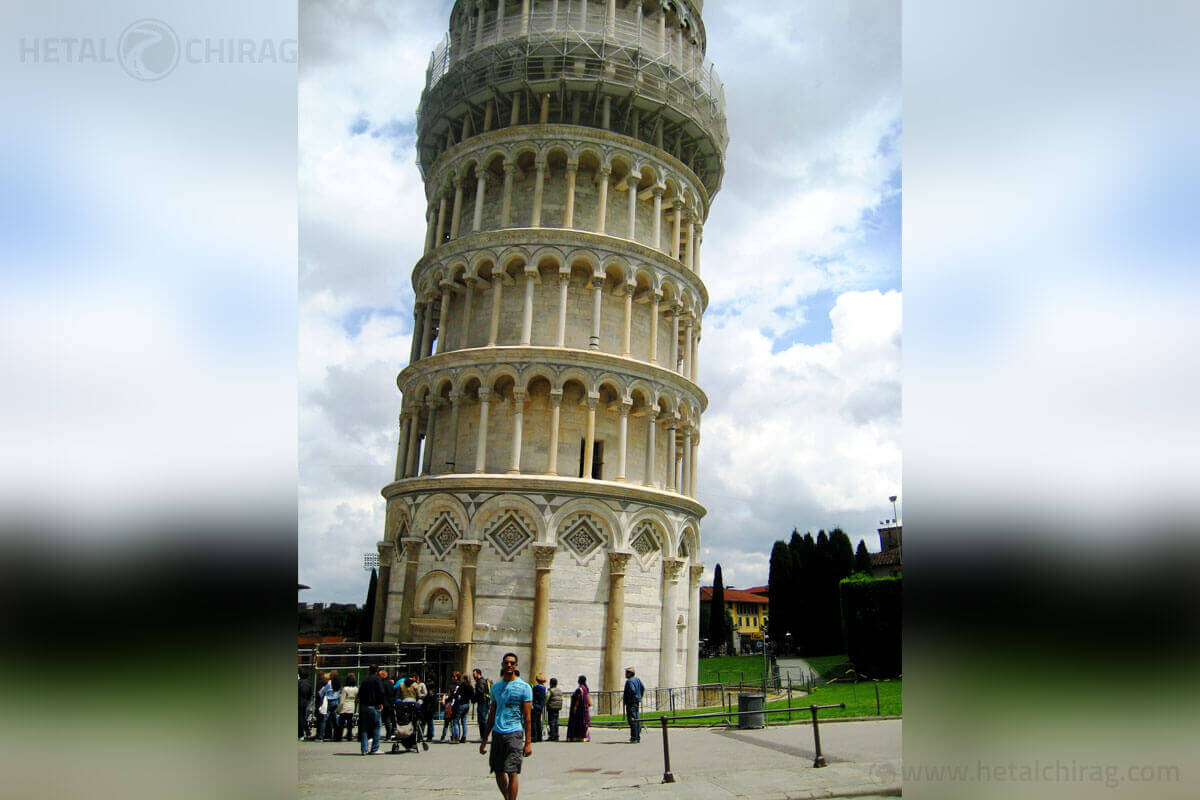When I look back and think about how much fun we had in Europe, I am so glad I decided to go on that trip during my undergrad before starting the next chapter of my life. I urge all students to save some money during their college lives and explore the world. Travelling with a free state of mind during your student life can be a life changing experience. I don’t remember how many straight A’s I got in college, but I can never forget the crazy things we did in Europe.
My four roommates and I went on a month long Euro-trip covering Switzerland, Spain, France, Italy, Netherlands and Germany. Since all of us wanted to have a real backpacking experience, we booked best possible hostels, apartments and rental cars to cover as much of Europe as we possibly could.
After travelling through Spain, we rented a car to explore Italy. We started our road trip from Rome and took a stop in Pisa on our way to Florence. If you are visiting Rome or Florence, you have to take a little detour and visit Pisa for your perfect photo of holding the tower. It’s a gentle reminder of how even a mistake can transform into a work of art if you look at it from a different perspective.
Did you know that it took around 350 years to build the famous Leaning Tower of Pisa? The construction of the tower began in 1173, but it started leaning on one side after five years because of the soft ground on which it was built. During the restoration in 1920, the tower’s foundation was injected with cement to stabilize the leaning. This 8 stories circular tower is made of white marbles with a bell chamber at the top. If you go up the spiral stair case, you can enjoy the best view of the city. The tower is located inside the so-called square of miracles which also contains a beautiful cathedral and a baptistery.
The world renowned leaning tower is not the only architectural marvel Pisa has to offer. This ancient city has a rich history with beautiful churches and bridges dating back to 12thcentury.




